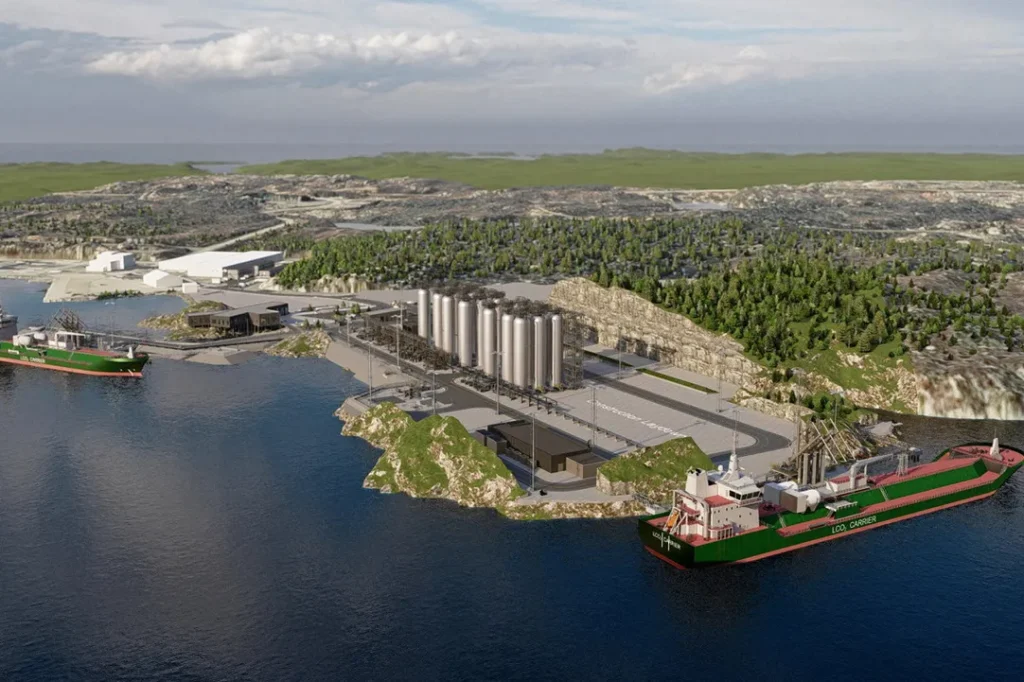Norway is poised to launch a major undersea carbon dioxide (CO2) storage facility as part of the Northern Lights project, a significant step towards offering commercial CO2 transport and storage solutions. The project aims to capture emissions from various European industries and store them in geological formations beneath the seabed to combat climate change.
The storage facility, situated on Oygarden Island, houses large tanks facing the North Sea. Liquefied CO2 will be shipped by sea and injected into the seabed at a depth of around 2.6 kilometers (1.6 miles) for permanent storage.
A joint venture between energy companies Equinor, Shell, and TotalEnergies, the facility is expected to start storing its first CO2 shipments by 2025. Initially, it will have the capacity to hold 1.5 million tonnes per year, with the potential to increase to five million tonnes as demand grows.
The Managing Director of Northern Lights emphasized that the project seeks to prove the viability of carbon capture and storage (CCS) technology, which is crucial for reducing emissions from sectors that are challenging to decarbonize, such as steel and cement.
Despite its promise, CCS technology is hampered by high costs and reliance on government subsidies. The Norwegian government has covered 80% of the funding for Northern Lights, which is part of the larger 30-billion-kroner ($2.9 billion) Longship initiative.
The Heidelberg Materials cement plant in Brevik plans to send captured emissions to the facility in 2024. However, rising costs have caused other industrial sites to reconsider their participation.
Although CCS could offer significant environmental benefits, some activists criticize it as a strategy for fossil fuel companies to continue their operations. Greenpeace Norway’s leader, Frode Pleym, labeled the project “greenwashing,” arguing that oil companies use such measures to maintain their business without addressing their emissions.
Public support remains crucial for advancing these innovative projects, said Daniela Peta, Public Affairs Director at the Global CCS Institute, particularly since CCS remains costlier than current CO2 emission rates in Europe.


